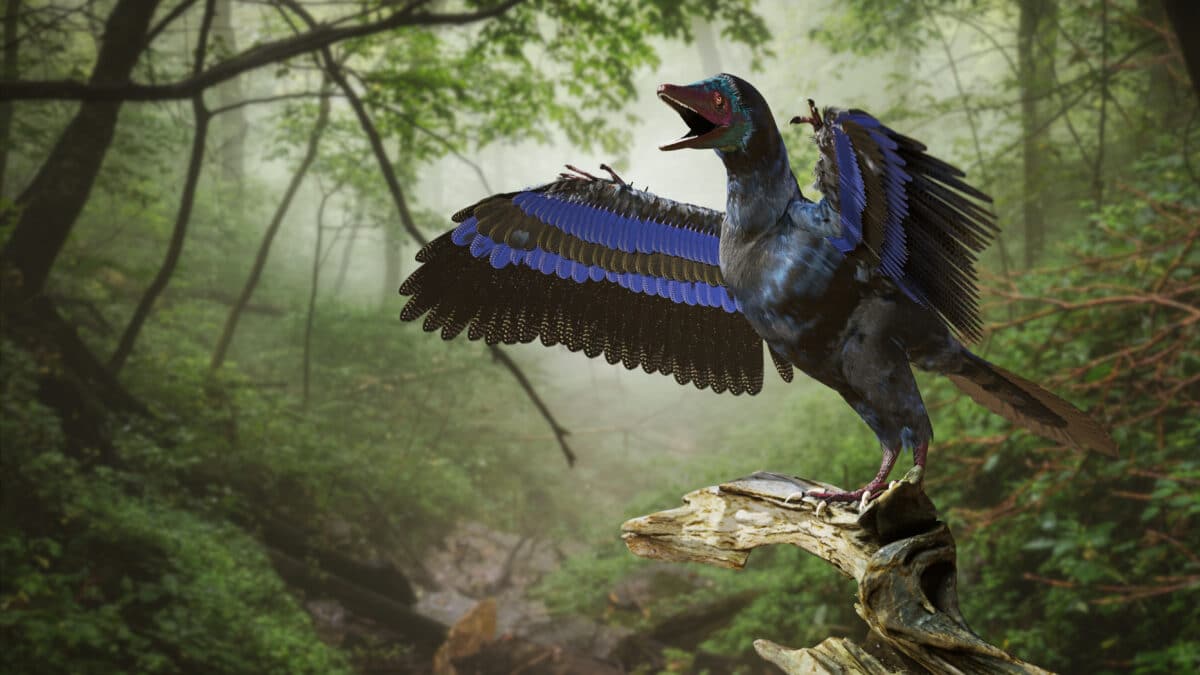To judge from previews, the new Darwin biographical movie Creation will emphasize the challenge Darwinian theory posed from the beginning to religious belief. Yet the life of evolution’s co-discoverer, Alfred Russel Wallace, suggests that properly understood, and that’s a major proviso, evolution needn’t upset faith at all. On the contrary, Wallace reasoned from what he knew about life’s history to a belief that an “Overruling Intelligence” guided life’s development, much as intelligent design (ID) does today. Science historian Michael A. Flannery calls Wallace’s evolutionary thinking a “preamble” to ID.
An opportunity to evaluate this provocative claim is now before us in the form of Flannery’s new edition of Wallace’s great work, A World of Life (1910), which slims the dense and massive volume down to a manageable size and includes an illuminating introduction by Flannery. His book is Alfred Russel Wallace’s Theory of Intelligent Evolution: How Wallace’s World of Life Challenged Darwinism (Erasmus Press).
Wallace famously arrived at his own version of evolutionary theory while Darwin was still sitting on his. When Wallace made contact and shared his thoughts, Darwin panicked and rushed to make his theory public so as not to be scooped. Yet the two men did not formulate their ideas in exactly the same way. As Flannery writes, “Wallace emphasized the ‘principle of utility,’ namely, that ‘no organ or attribute can exist in a natural species unless it is or has been useful to the organisms that possess it.'”
This emphasis led to the increasingly rapid unraveling of Wallace’s confidence that natural selection by itself could account for the most interesting features of life: major items like sentience, the complexity of the cell and of the hemoglobin molecule, the origin of life itself, and more discrete features like a bird’s wing and feathers (evidence of a “preconceived design,” Wallace wrote) and the “unnecessarily elaborate” patterns and coloration of butterfly wings. Vladmir Nabokov — novelist, lepidopterist, and Darwin doubter — would make that same observation in the middle 20th century, as I’ve noted in this space previously.
Adding to all this Wallace’s comfort with the idea of common descent, it starts to sound like a mix of Michael Behe, Stephen Meyer, and William Dembski. ENV was intrigued, naturally, and caught up with Flannery to pose a few questions.
Read More ›







































